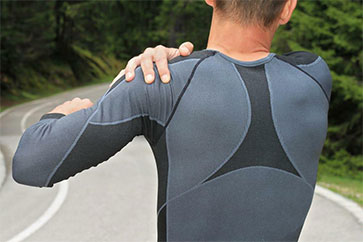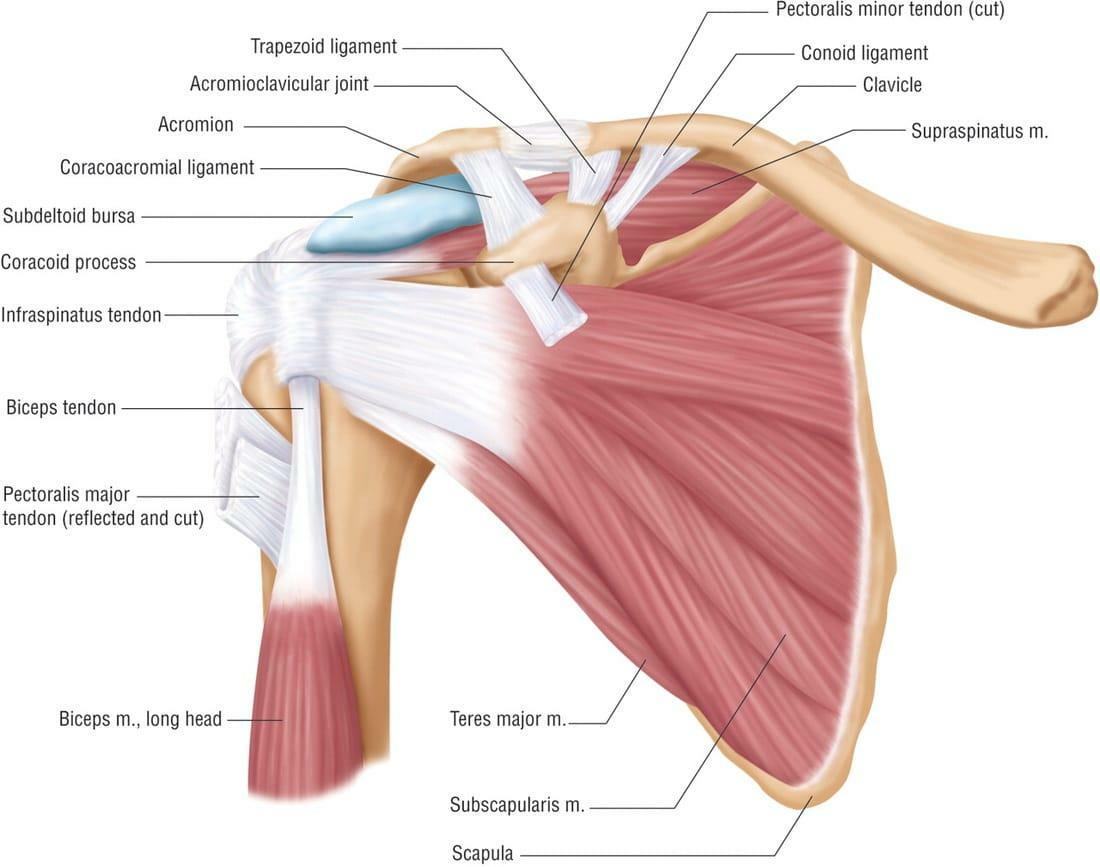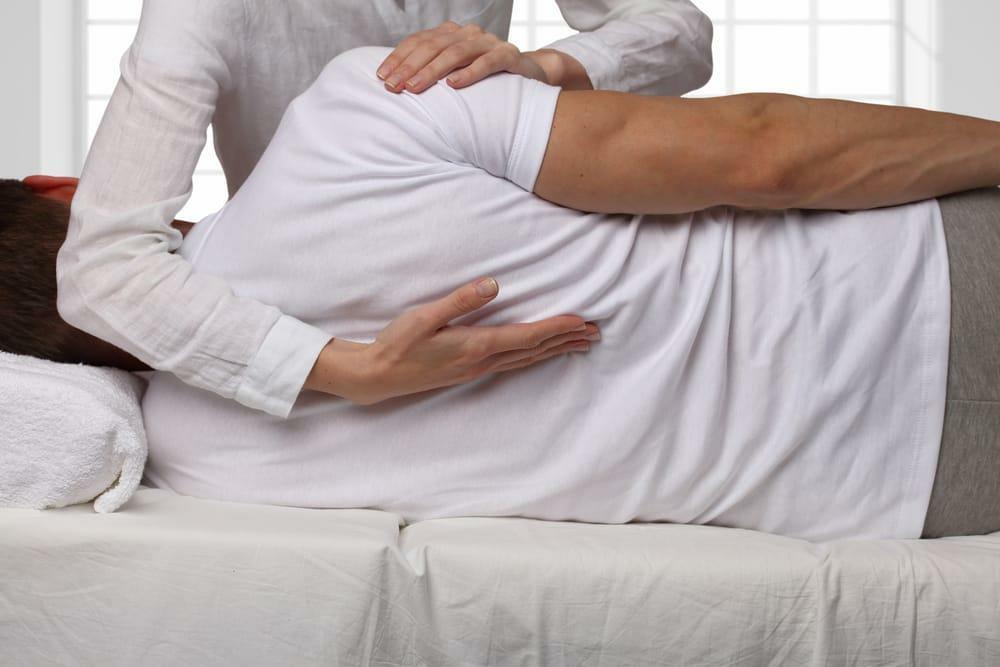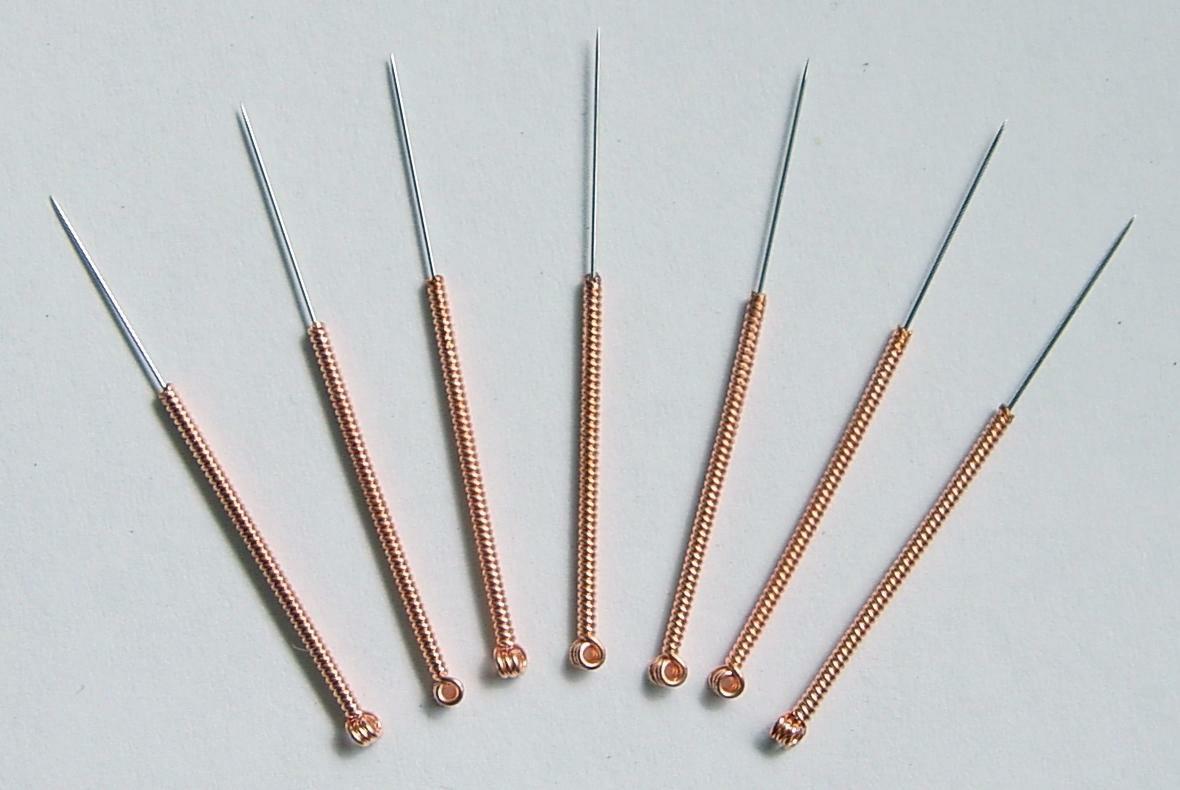
I want to lead off this conversation about frozen shoulder by saying that there are few professions that are better at treating this condition than a sports chiropractor. It is a condition that, I personally, love to treat because it showcases the tenacity and perseverance of both the doctor and patient alike.
Frozen Shoulder Treatment takes considerable mental and psychological stamina due to its frequent slow response to care. Here at Knoxville Spine and Sports, we’ve seen many athletes go through this process. The warm fuzzies that come with seeing a patient leap and bound towards symptom resolution tend to be severely delayed compared to many other shoulder conditions causing shoulder pain.
It takes a firm understanding from the patient that when they sign up for care, they are going to war and that full restoration of shoulder mobility will take considerable work on their part as well as the doctors. But when the inevitable victory comes, boy is it sweet.
 Adhesive capsulitis, or more commonly, frozen shoulder presents in 3 stages; the acute inflammatory stage, the stiffening stage, and months to years later the “thawing” stage. During the acute phase, the shoulder is very painful and the range of motion is severely reduced in all planes. This could be traumatic, as from blunt trauma or rotator cuff strain, or insidious, meaning that it sort of came out of nowhere.
Adhesive capsulitis, or more commonly, frozen shoulder presents in 3 stages; the acute inflammatory stage, the stiffening stage, and months to years later the “thawing” stage. During the acute phase, the shoulder is very painful and the range of motion is severely reduced in all planes. This could be traumatic, as from blunt trauma or rotator cuff strain, or insidious, meaning that it sort of came out of nowhere.
It is not uncommon for its victim to not remember anything happening that would have provoked it. Commonly, it will hurt bad enough to affect sleep and take pain medications. Activity is typically limited as the pain keeps you from significantly moving it. This phase is probably the most important with regard to future outcomes as “learned immobility” will set you up for disaster down the line.
It is pivotal to keep pushing your shoulder to move through those painful motions as immobility will lead to an even stiffer shoulder capsule that continues to fibrose through the latter stages. During the stiffening phase, the inflammation of the capsule is mostly resolved and though the shoulder is not as painful, raising the arm to the side or externally rotating it is still severely limited compared to the other arm. This phase will come anywhere from 1-3 months after the acute phase.
In the final phase, you’ll notice that the pain is pretty much gone. You may even have a slightly better range of motion as compared to the first 2 stages, but it will still be markedly reduced. Doing overhead activities will be quite difficult. Golf swings will have been altered, throwing will be difficult, and your jump shot will look a lot different. Fortunately, there is hope. But you’ve got to MOVE IT.
When you have a sports chiropractor in Knoxville, don’t let them go! Sports chiropractic is so effective because of it of its multifaceted approach to the treatment of this condition. I say this because it is a difficult condition to treat and it must be done right! Here are a few of the weapons we utilize in the war against a frozen shoulder.

The only way to get them to loosen up is to wear them and wash them extensively. This too is the case with restoring shoulder movement. Mobilizing the shoulder joint with an adjustment puts a fast stretch on the joint capsule helping to break down some of that fibrotic tissue.
Adjusting the cervical spine, thoracic spine and other joints of the shoulder helps to bring nervous system awareness to the musculature surrounding the tissue and helps it to maintain function.
These are two manual ways of stretching the joint to allow for the maximal fibrotic release of the shoulder joint tissue. Active Release Technique (ART) utilizes a combination of deep focused pressure along the muscle or joint with a specific stretch to break up as much fibrotic tissue as possible.
You can use this technique on the anterior and posterior joint capsule as well as the small stabilizing musculature of the shoulder. With this the tissue is maximally shortened, the pressure is applied over the top of the tissue that you want to work, and then fully lengthened under that tension.
You can feel the adhesions slide under your finger as the tissue is moved through its range. Multiple passes here tend to be very helpful. Post-Isometric Relaxation (PIR) stretching can be used on the muscles that are inevitably spastic around the joint to coax them into submission.
Here you will contract the tissue for approximately 10 seconds or just enough time to override the mechanoreceptors in the muscle that are telling it to tighten up. Following this contraction, you will notice that you can move the area through a greater range of motion.

Commonly raising the arm will rely on shrugging the shoulder and bending the torso to get the arm up to its desired height. This means that the levator scapulae, upper trap, rhomboids, and neck muscles are getting far overworked.
Dry needling greatly helps to release that tissue and decrease compensatory pain from the immobility of the shoulder joint. It will also release out the rigid deltoid and rotator muscles of the affected shoulder helping to increase the range of motion.
Frozen Shoulder Treatment is essential to athletes and non-athletes alike. These treatments have all been shown to increase shoulder mobility and help restore function in a frozen shoulder. However, one of the most important things that you can do will be your mobility homework.
No matter how much range we gain during a visit to the clinic, the patient MUST do their best to maintain those changes through routine stretching and end-range isometric strengthening exercises. 5 minutes of stretch and strengthening work at least 6 times a day will be pivotal to regaining mobility. With the combination of regular treatment and home exercises, the average patient will note considerable improvement within 1-3 months.
Call Knoxville Spine and Sports if you find your Shoulder Frozen

8029 Ray Mears Blvd, Suite 300
Knoxville, TN
37919
Phone: 865-337-5574
Monday
7am-12pm & 1pm-6pm
Tuesday
7am-12pm & 1pm-4pm
Wednesday
7am-1pm
Thursday
7am-12pm & 1pm-6pm
Friday
7am-12pm & 1pm-4pm
Saturday & Sunday
Closed